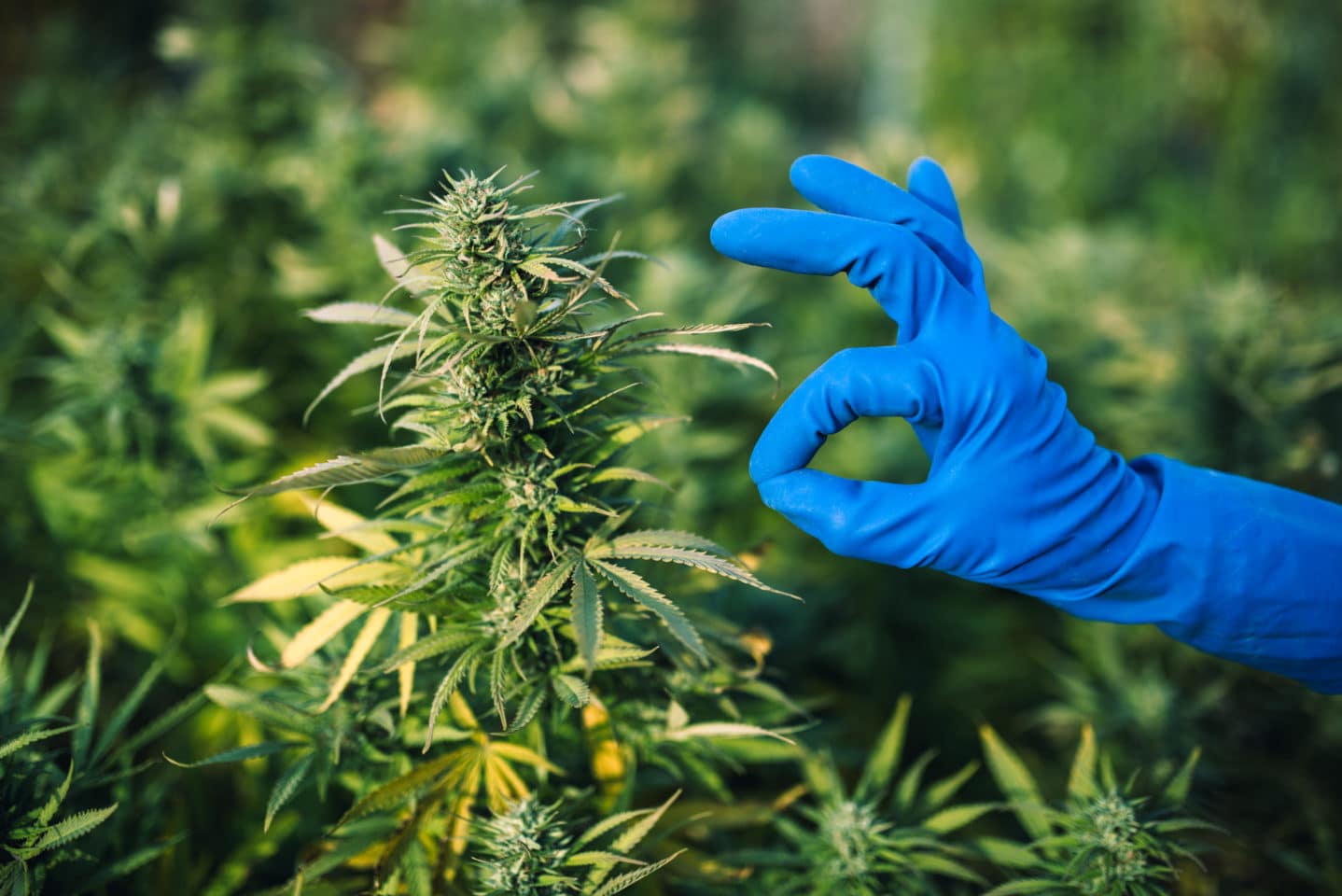
Cannabis spending in Canada exceeded $ 2 billion in 2020
It’s no surprise Canada killed it when it comes to cannabis spending in its legal, statewide market. It is also common knowledge that despite the impact of the global economy in 2020, cannabis is one of the few markets that not only survived but is thriving. But it’s still shocking to see how much money Canadians spent on cannabis in 2020. And yes, we’re talking about flowers, not the entire cannabis industry.
Canadians purchased dried cannabis flowers worth $ 2.01 billion last year, according to a quarterly retail survey by Statistics Canada. Flowers definitely seem to be the preferred method of consumption for Canadians, as they accounted for more than three-quarters of all sales from cannabis spending in the past year.
This high-revenue category includes pre-rolls, and in the fourth quarter in particular, the amount sold in 2019 nearly doubled, suggesting that banded Canadians turned to flowering to self-medicate and self-medicate during the pandemic recover. Cannabis flowers were sold for a total of $ 614.4 million in the first quarter.
Behind the flower, the next category of cannabis consumption spending was the Extracts and Concentrates category, which had sales of $ 323.9 last year. While this is still an impressive number, it can’t compete with flower sales in the country.
One reason flower consumption is so much higher than other categories may be because it is the format the country is most familiar with. Extracts and concentrates were only offered for legal sale from October 2019, so this type of consumption outside the illegal market is still relatively new to most Canadians. However, revenue in this category continued to grow, tripling by the fourth quarter to $ 123.7 million in the final quarter of the year.
Concentrates are followed by food, another product that came onto the market at the same time as the extraction of extracts and concentrates. They didn’t achieve nearly as good sales as flowers or concentrates, however, and only had sales of $ 42 million last year, according to the report. This includes infused foods and beverages, and the data shows that foods in Canada may not be as popular as previously expected. Oil products took the lead over groceries with sales of $ 172.7 million.
In addition, about $ 1.5 million in cannabis seeds and plans were sold, a sign that the now legal home-grow market will do well as Canadians get used to the idea of less regulation and more control about their cannabis use.
Cannabis spending has increased, opiate use has decreased
Incidentally, according to a study by the University of Toronto, Canadians have seen a decline in opiate use since cannabis became legal.
“Recreational cannabis became legal in Canada on October 17, 2018, improving access and reducing the stigma associated with its use for pain management,” the study’s abstract explains in an overview of the results. “This study assessed the total amounts and expenses of prescribing opioids before and after cannabis legalization.”
“The legalization of cannabis coincided with a sharp drop in the levels of opioids prescribed in Canada.” The official report on the results of the study concluded.
With cannabis legal in Canada, harmful opiate use has decreased and more people are turning to flowering for medication instead of a prescription.
All in all, this report shows that Canada has a growing, thriving market that will continue to thrive as the world reopens and the nation prepares for legal cannabis. But those planning to sell food or concentrates through flowers should reconsider their approach and figure out how to really target the market, as flowers are the clear forerunner.

Post a comment: